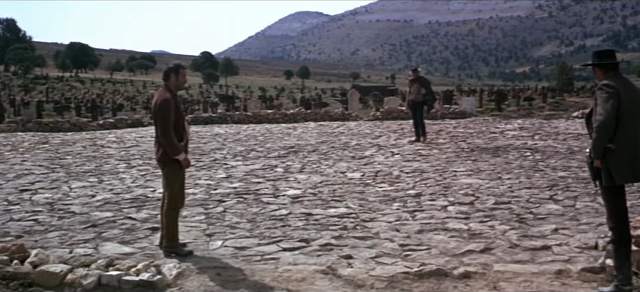Spoilers for The Shield, but honestly, it’s morally wrong not to have seen it already.
All three of these works are deeply influential on me, not because of any vague wishy-washy principles – well, those too, but they’re specifically grouped together here because I’ve weaved elements of them together into a coherent structure to kick off dramatic stories. We start with The Shield because that’s literally presented me with a good model for a beginning – two inciting actions. We – and by we, I obviously mean beloved Soluter wallflower – have long established that The Shield has two actions that drive the story forward to the end – shooting that guy at the end of the pilot and taking that money at the end of the second season. Actually, it has a third one: arresting that guy in the very first scene of the pilot.
Now, it’s not completely accurate to describe that as an inciting incident – we never see that guy again, and indeed the rest of the pilot is driven by Aceveda’s investigation into a completely different, nearly offscreen action. But it’s useful to ask oneself: what does my protagonist do every single day? What is the basic action we’re going to follow until near the end of the story? On a more practical sense, it helps one to find a logical extreme action by starting with a straightforward one. Vic acting like a corrupt cop got him investigated, which led to him shooting a cop in the face (which then further led to him robbing the Armenian mob). That’s what the first act is: using a basic action to find an extreme one.
Coupled into this is the basic move from Heat, though also present in The Shield. Heat is built entirely out of its opening scene, with Neil robbing the truck with that particular crew – everything else echoes out from that incident. Specifically, it’s built out of a really basic plot best represented by The Fugitive: one guy follows another guy. We get Neil robbing the truck, then we get his antagonist, Vincent investigating the robbery. To reduce that to a creative principle: the protagonist does their basic action and the antagonist responds immediately. This kind of dynamic is actually present in a lot of stories I like – Monster has Lunge to Tenma, Death Note has L to Light, The Matrix has Agent Smith to Neo.
What I’ve learned from a little bit of experimenting is that you genuinely have to be as invested in the antagonist as the pro-; it can’t just be some guy pushing the plot forward, it has to be someone with power and connections, and who you take pleasure in writing and hope gets to win in some way. They are genuinely going to try and make it to the end. Heat is a quite famous example of this phenomenon – most people say the final showdown could genuinely have gone either way.
But two characters isn’t enough for a good story, or at least one of any length and complexity. The Heat dynamic is great because the story could go any number of ways – one wins, both lose, they team up and both win, they team up but then betray each other. Each character parallels and contrasts the other. Throw in a third character and you create infinite and joyful complexity that is still easy to comprehend – there are any number of combinations and any number of parallels between the three characters. The Good, The Bad, And The Ugly shows this pleasure; none of the three are exactly alike and we see betrayals and teamups galore until it falls into that epic ending. Each character is extremely clearly defined and none of them really feels like a copy of the other.
If I were to reduce the lessons of these stories into a set of steps, it would be this:
- Show the protagonist acting.
- Show the antagonist responding to them.
- Show a third character existing in the same world, ideally with the consequences of 1 or 2 spilling back on them.
- Follow these people, using each other to achieve their goals, until one of them is forced to commit an extreme action.
- The rest of the story comes from there.

